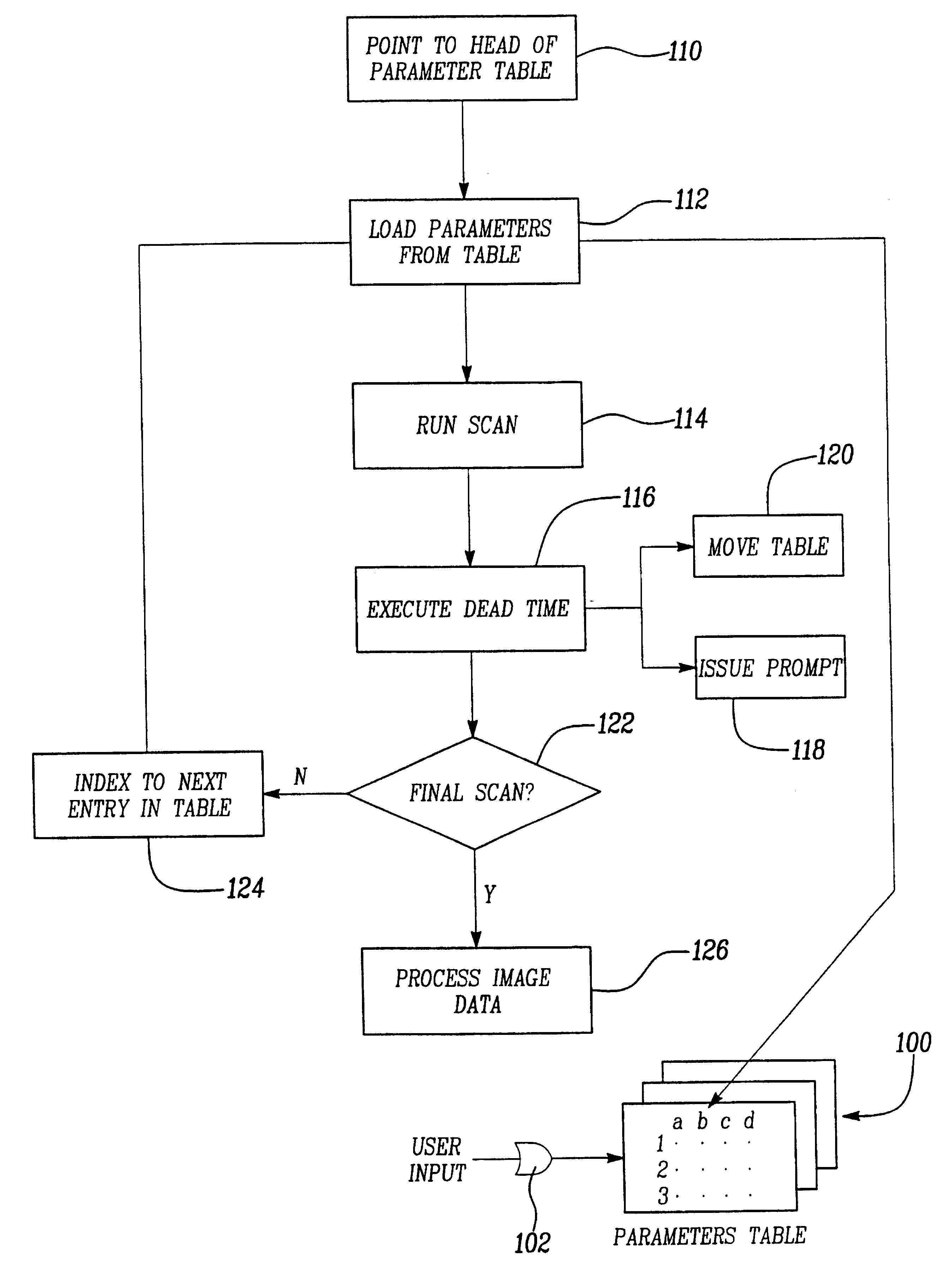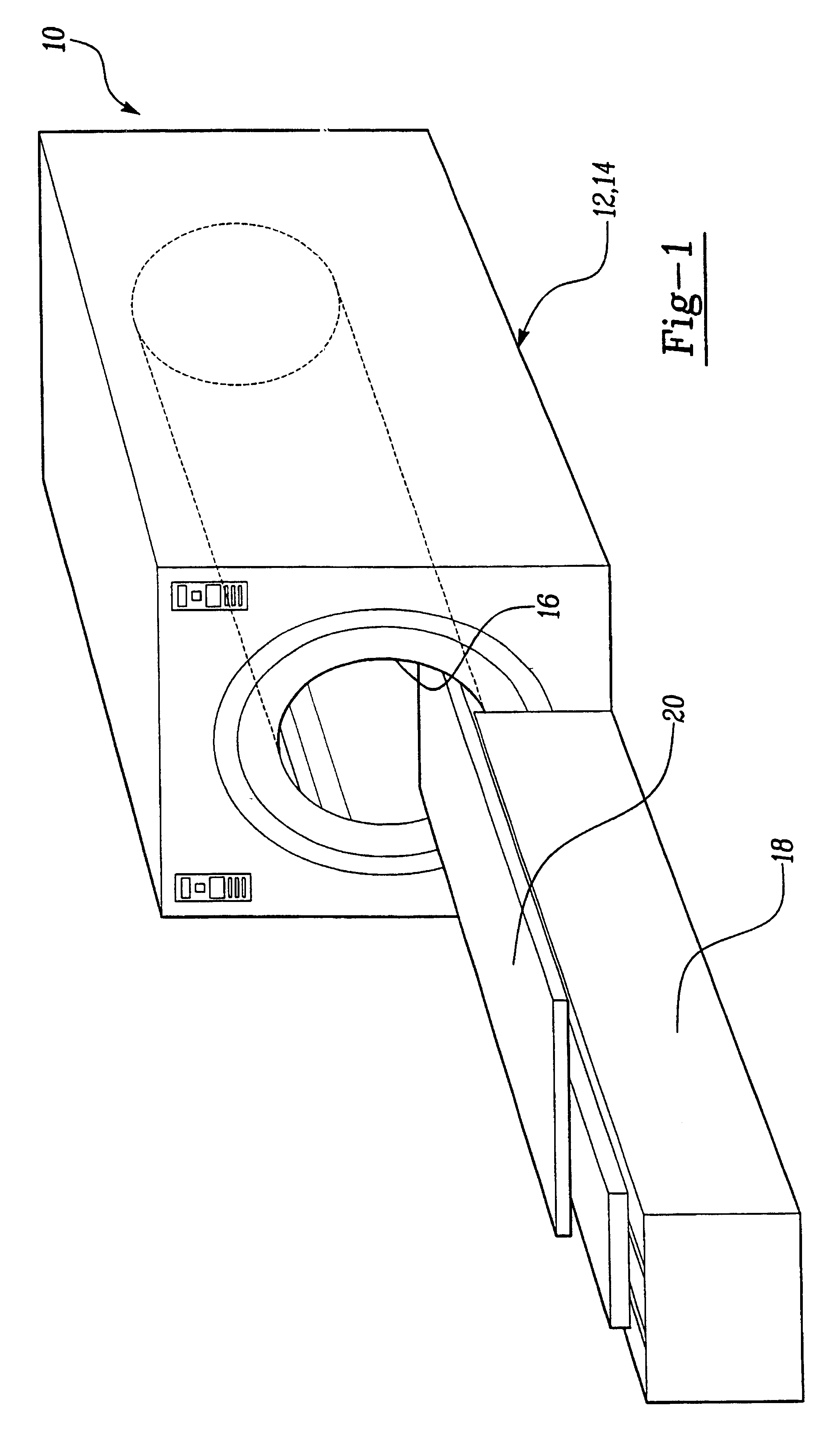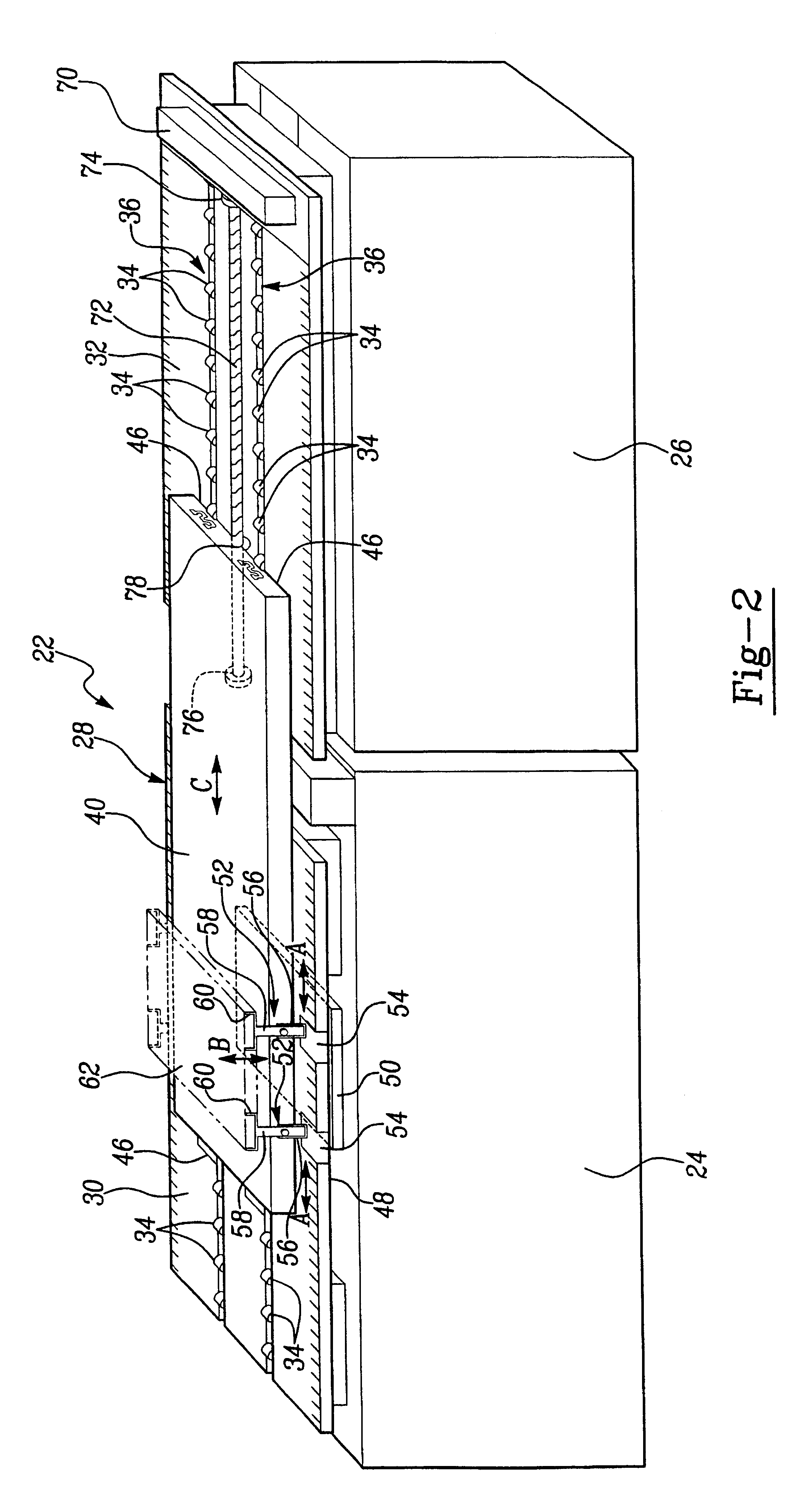Rapid magnetic resonance imaging and magnetic resonance angiography of multiple anatomical territories
a magnetic resonance imaging and multiple anatomical technology, applied in the field of medical diagnostic procedures, can solve the problems of renal failure, inability to use intravenous contrast and image the blood vessels, and all these techniques have their own inherent limitations, and achieve the effect of low osmolality and high resolution
- Summary
- Abstract
- Description
- Claims
- Application Information
AI Technical Summary
Benefits of technology
Problems solved by technology
Method used
Image
Examples
Embodiment Construction
Three dimensional magnetic resonance angiography (3D-MRA) techniques have been routinely used in the past for vascular imaging. In particular, 3D-MRA in a single breath-hold [Simonetti OP, Finn J P, White R D, Bis K G, Shetty A N, et al. ECG-triggered breath-held gadolinium-enhanced 3D MRA of the thoracic vasculature(abstr). In: Book of abstract: International society of Magnetic Resonance in Medicine 1996:703. Shetty A N, Shirkhoda A, Bis K G, Alcantara A. Contrast enhanced three dimensional MR angiography in a single breath hold: A novel technique. AJR 1995;165:1290-1292.] has been shown to be a very useful and rapid technique when used with paramagnetic contrast agents. Given the rapid nature of this new sequence, with the acquisition of an entire 3D-data set during the passage of MR contrast material through the arterial system, arterial phase imaging is possible. A delayed acquisition following the initial arterial phase results in the visualization of venous flow. Conventional...
PUM
 Login to View More
Login to View More Abstract
Description
Claims
Application Information
 Login to View More
Login to View More - R&D
- Intellectual Property
- Life Sciences
- Materials
- Tech Scout
- Unparalleled Data Quality
- Higher Quality Content
- 60% Fewer Hallucinations
Browse by: Latest US Patents, China's latest patents, Technical Efficacy Thesaurus, Application Domain, Technology Topic, Popular Technical Reports.
© 2025 PatSnap. All rights reserved.Legal|Privacy policy|Modern Slavery Act Transparency Statement|Sitemap|About US| Contact US: help@patsnap.com



